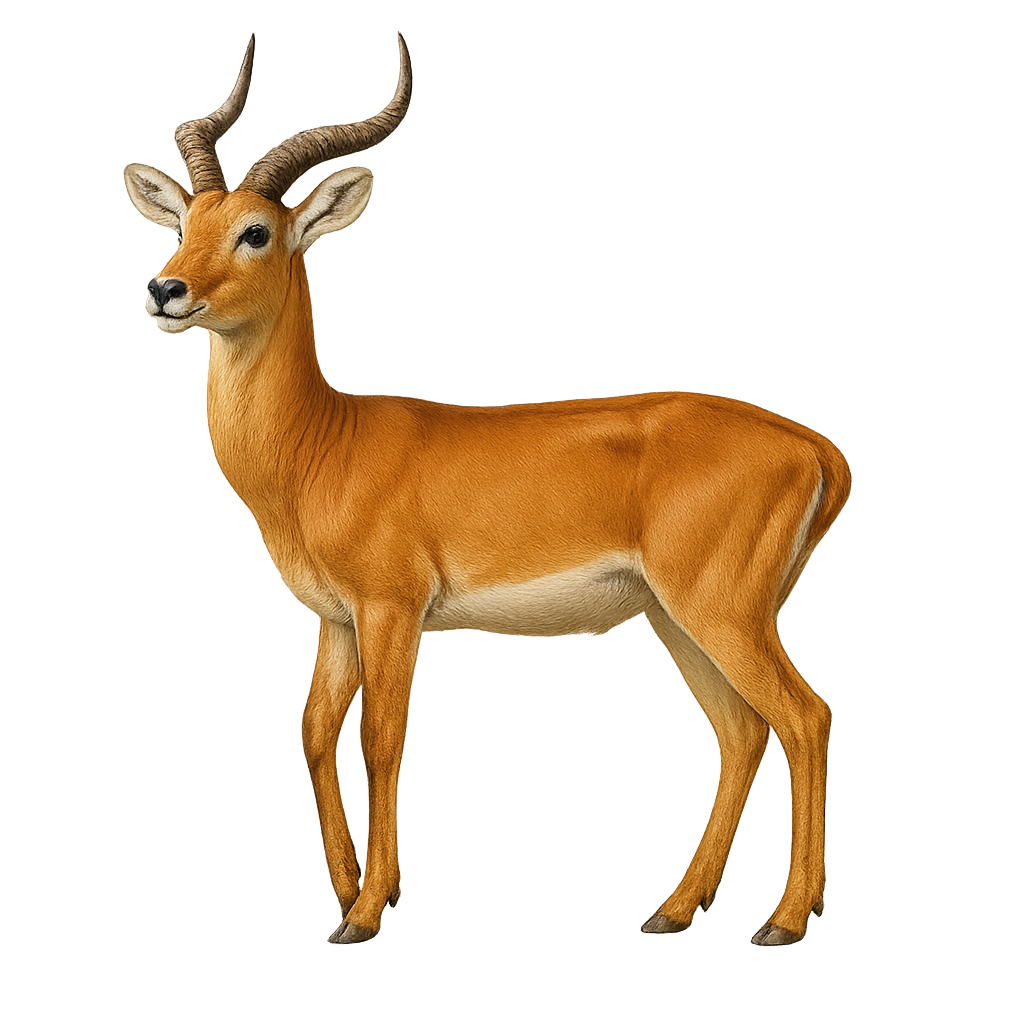Your wildlife photography guide.
Explore the thomas's kob in detail, study its behavior, prepare your shots.
Where to observe and photograph the thomas's kob in the wild
Learn where and when to spot the thomas's kob in the wild, how to identify the species based on distinctive features, and what natural environments it inhabits. The WildlifePhotographer app offers tailored photography tips that reflect the thomas's kob’s behavior, helping you capture better wildlife images. Explore the full species profile for key information including description, habitat, active periods, and approach techniques.
Thomas's Kob
Scientific name: Kobus kob thomasi

IUCN Status: Least Concern
Family: BOVIDAE
Group: Mammals
Sensitivity to human approach: Suspicious
Minimum approach distance: 30 m
Rut period: June to August
Gestation: 210-220 jours
Births: January to February
Habitat:
Wet savannas, grasslands, marshy areas
Activity period :
Primarily active during the day, with peak activity in the morning and late afternoon.
Identification and description:
The Thomas's kob is a subspecies of the kob antelope, primarily inhabiting the wet savannas and grasslands of West Africa. It is recognizable by its golden-brown coat, lyre-shaped horns, and medium size, reaching about 90 cm at the shoulder. Males are generally larger and more robust than females. They live in complex social groups, often consisting of harems led by a dominant male. The Thomas's kob is a herbivore, feeding mainly on grasses and aquatic plants. It is well adapted to its environment, capable of moving quickly to escape predators. Its population is stable, but it is threatened by hunting and habitat loss.
Recommended lens:
400 mm – adjust based on distance, desired framing (portrait or habitat), and approach conditions.
Photography tips:
To photograph the Thomas's kob, it is advisable to use a telephoto lens of at least 400mm to capture detailed images without disturbing the animal. Aim to shoot early in the morning or late in the afternoon when the light is soft and the kobs are more active. Be patient and discreet, using neutral-colored clothing to blend into the environment. Focus on capturing shots that show the kob in its natural habitat, incorporating elements of the savanna to provide context to your images.
From knowledge to field practice
A species profile helps you understand an animal. In the field, the challenge is often different. Remembering your own observations.
The WildlifePhotographer app allows you to:
• record your personal observations
• note locations, dates, and behaviors
• revisit your field references over time
• build a private and long-term field logbook
The app does not provide observation locations.
It helps you organize what you actually observe, with respect for wildlife.

